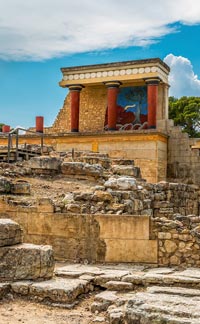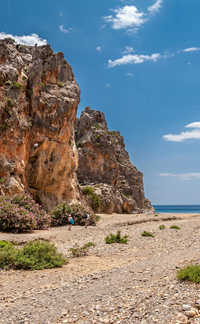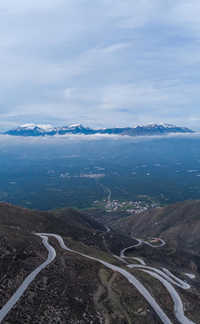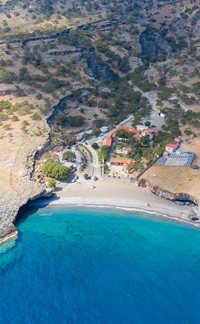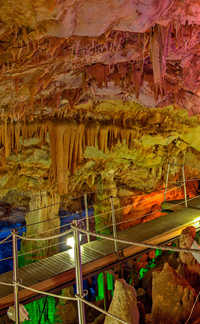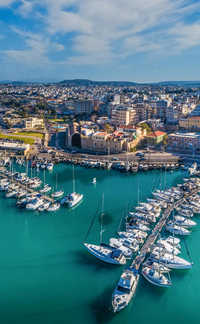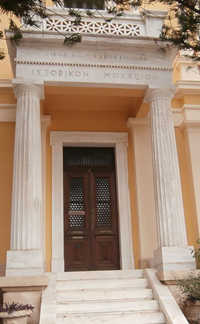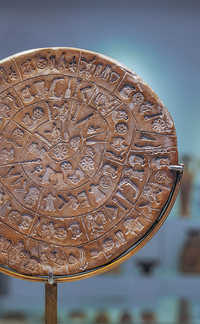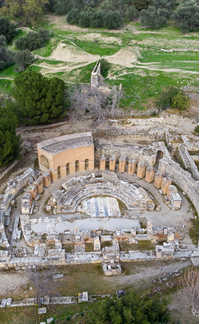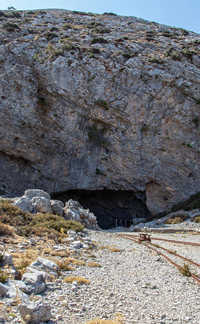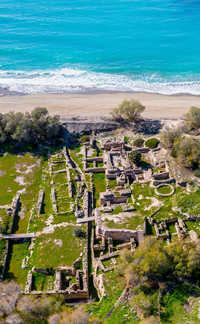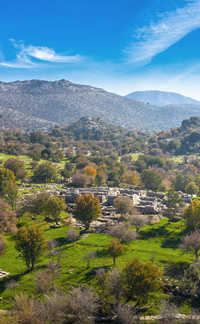Heraklion attractions
The city of Knossos was the principle population center of Minoan civilization, and the site of the largest Minoan Palace ever built
he part of the gorge tourists generally visit is not very long; it's about a 3 km walk if you start at the trailhead which is reachable by hiking or driving a gravel road from Matala.
Forming a 10 kilomeeter-wide, fringe-like barrier between the Libyan Sea and the Mesara Plain on the south and north, respectively, the Asterousia Mountains in south-central Crete run east and west for about 50 km.
The monastery's history goes back to at least the 1200's AD. The name "Koudoumas" is likely a surname, and is found in Venetian-era documents about the area
The cave was often used as a hideout by brigands and fugitives. Neolithic tools and pots have been found there. Local villagers would store their cheese there and let it mature, also. They called it the "cheese of the hole."
The Port of Heraklion is not only the largest and busiest harbor in Crete, but also one of Greece’s most vital maritime hubs.
The museum offers an overview of Cretan history from the early Byzantine era up to the present time. Its focus, and original goal, was to preserve various kinds of material from the medieval and modern eras of Cretan history
Heraklion's Archeological Museum is one of Greece's best museums, and one of the most important in Europe
Gortyn was built on a rise of land in the Mesara Plain, which is where Crete was first inhabited. A tradition says the Gortyn was founded by Gortys, the son of Radamanthys, king of Phaistos, who was a brother of King Minos
The Ideon Cave, also known as Ideon Andron, is located in almost the exact geographical center of the Cretan land mass, on a high elevation on the east side of Mt. Psiloritis.
Kommos, on that part of the southern coast of Crete which runs north-south at the island's approximate midpoint, was originally a stone age village, which became an important port during the Bronze Age
The palace, which was likely an industrial, administrative and religious center, being on the main trail from Knossos to the Ideon Cave near the summit of Psiloritis, was likely a stopping-off point for pilgrims.

